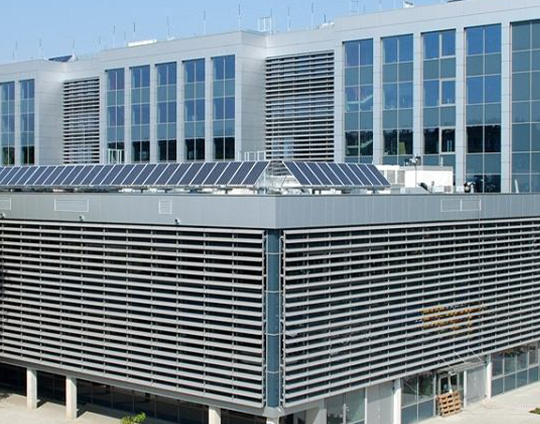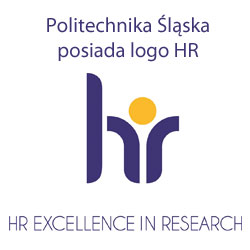Start - Aktualnosci
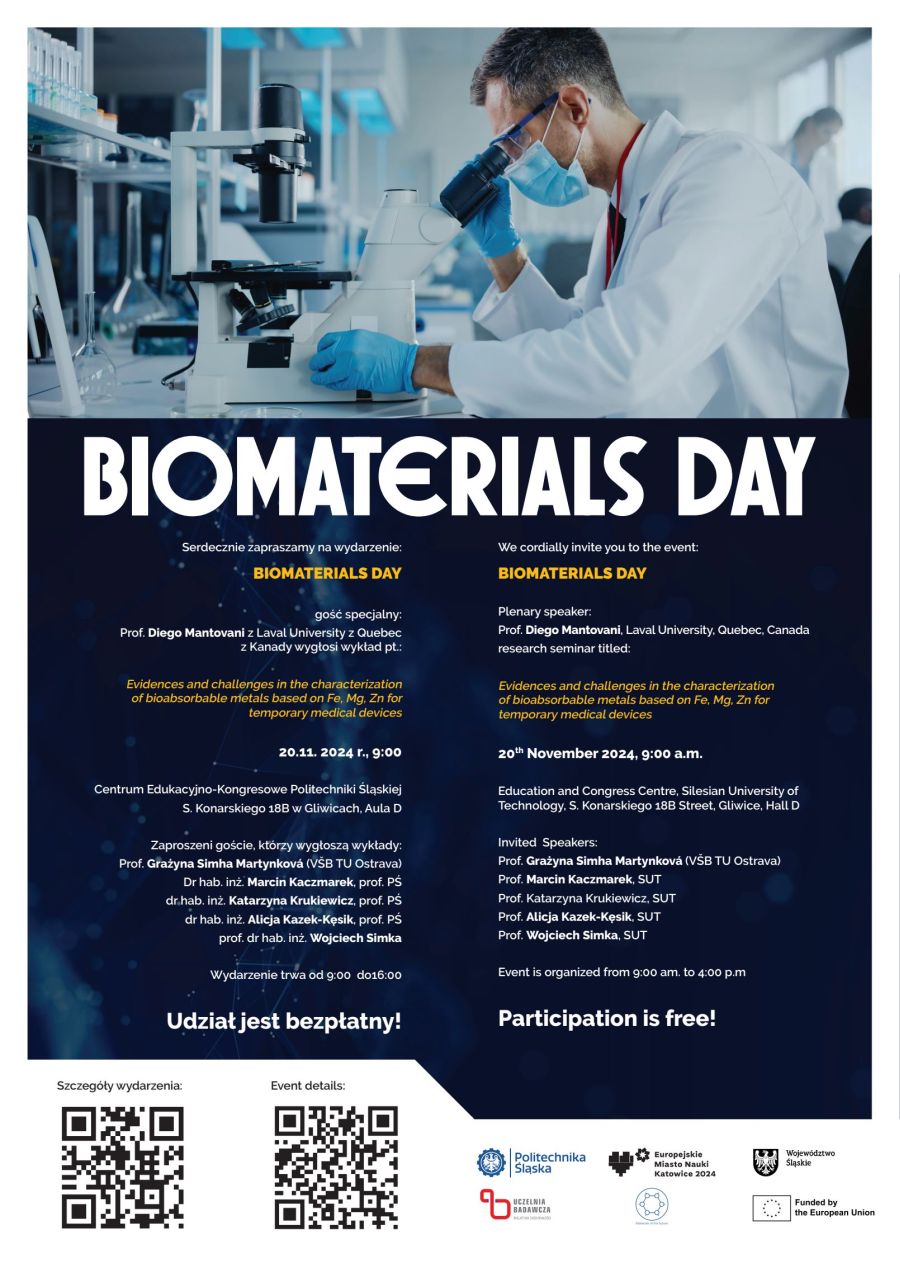
Biomaterials Days, 20.11.2024
Serdecznie zapraszamy na wydarzenie: BIOMATERIALS DAY
gość specjalny: Prof. Diego Mantovani z Laval University z Quebec z Kanady wygłosi wykład pt.: Evidences and challenges in the characterization
of bioabsorbable metals based on Fe, Mg, Zn for temporary medical devices
20.11. 2024 r., 9:00, Centrum Edukacyjno-Kongresowe Politechniki Śląskiej, S. Konarskiego 18B w Gliwicach, Aula D
Zaproszeni goście, którzy wygłoszą wykłady:
- Prof. Grażyna Simha Martynková (VŠB TU Ostrava)
- Dr hab. inż. Marcin Kaczmarek, prof. PŚ
- dr hab. inż. Katarzyna Krukiewicz, prof. PŚ
- dr hab. inż. Alicja Kazek-Kęsik, prof. PŚ
- prof. dr hab. inż. Wojciech Simka
Wydarzenie trwa od 9:00 do16:00
Udział jest bezpłatny!
Biomaterials Days
- 20.11.2024
- 9:00 – 9:10 open the event
- 9:10 – 10:15 Plenary lecture: prof. Diego Mantovani: Evidences and challenges in the characterization of bioabsorbable metals based on Fe, Mg, Zn for temporary medical devices
- 10:15- 10:45 – coffee break
- 10:45 – 11:15 – prof. Grażyna Simha Martynková (VŠB TU Ostrava)
- 11:15 -11:45 – prof. W. Simka (SUT): Anodic oxidation of personalized implants
- 11:45 – 12:15 – prof. K. Krukiewicz (SUT): Adjusting cell-surface interactions through electroactive coatings
- 12:15 - 12:45 – coffee break
- 12:45 - 13:15 – prof. M. Kaczmarek (SUT): Navigating the Certification Challenges for Novel Biomaterial
- 13:15 - 13:45 – prof. A. Kazek-Kęsik (SUT): Bone implants: osteogenic or antibacterial?
- 14:00-15:00 Discussion panel: Diego Mantovani, G.S. Martynkova, W. Simka, M. Kaczmarek, K. Krukiewicz
- 15:00- 16:00 – consultations, discussions, coffee
Evidences and challenges in the characterization of bioabsorbable metals based on Fe, Mg, Zn for temporary medical devices
Diego Mantovani, PhD, FBSE, FASM, FAIMBE, FCAE Laboratory for Biomaterials and Bioengineering, CRC-I, Department of Min-Met-Materials Eng., & University Hospital Research Center, Regenerative Medicine, Laval University, QC City, Canada, E-mail: Diego.Mantovani@gmn.ulaval.ca ; www.lbb.ulaval.ca
Metallic biodegradable alloys constitute a new class of biomaterials for temporary support for reparative and regenerative medicine. They represent a paradigm shift in biomaterials science and engineering, mainly because the degradation of the alloy, under controlled mechanisms, constitutes the expected event after implantation, even stimulating the healing process. Their successful implantation involves their complete absorption and elimination by the surrounding tissue and the body. Mainly composed of Fe, Mg or Zn, theses alloys have been investigated, from bench to clinics, for orthopedic, cardiovascular, and dental applications. Mg-based alloys constitutes the most clinically translated bioabsorbable metal, and a small dozen of clinical products are on the market available for clinicians in Europe, Asia and America. Fe-based alloys are particularly attractive for the production of very thin implants, including stents, mainly due to their outstanding mechanical properties. One of the bottlenecks limiting their development is their low degradation. Zn-based alloys, despite a very exciting beginning, are still under evaluation. Tungsten and molybdenum alloys have recently been reported to be bioresorbable, and will face further investigations in the upcoming years. This presentation will highlight the rationale behind the development of these alloys, present the evidences for their use and implantation, and, finally, discuss their clinical relevance. In a rather personal perspective, the importance of complementary analyses for the full characterization of their properties before, at and post implantation will be depicted. Predicting their clinical behavior leading to success remains the main challenge for all biomaterials. This talk aims is to depict the potential that this new family of biomaterials may, or may not, represent for the future of clinical therapies for patient’s health.
References
[1] H.S. Han, I. Jun, H.K. Seok, K.S. Lee, K. Lee, F. Witte, D. Mantovani, Y.C. Kim, S. Glyn‐Jones, J.R. Edwards. Biodegradable Magnesium Alloys Promote Angio‐Osteogenesis to Enhance Bone Repair. Advanced Science, https://doi.org/10.1002/advs.202000800, 2020.
[2] S. Loffredo, C. Paternoster, N. Giguère, G. Barucca, M. Vedani, D. Mantovani. The addition of silver affects the deformation mechanism of a twinning-induced plasticity steel: Potential for thinner degradable stents. Acta Biomaterialia, 98, 103-114, 2019.
[3] H.S. Han, S. Loffredo, I. Jun, J. Edwards, Y.C. Kim, H.K. Seok, F. Witte, D. Mantovani, S. Glyn-Jones. Current status and outlook on the clinical translation of biodegradable metals. Materials Today, 23, 57-71, 2019.
[4] S. Loffredo, S. Gambaro, F. Copes, C. Paternoster, N. Giguère, M. Vedani, D. Mantovani. Effect of silver in thermal treatments of Fe-Mn-C degradable metals: Implications for stent processing. Bioactive materials, https://doi.org/10.1016/j.bioactmat.2021.10.020, 2021.
[5] E. Mostaed, M. Sikora-Jasinska, A. Mostaed, S. Loffredo, A.G. Demir, B. Previtali, D. Mantovani, R. Beanland, M. Vedani. Novel Zn-Based Alloys for Biodegradable Stent Applications: Design, Development and In vitro Degradation. Journal of the mechanical behavior of biomedical materials. 60, 581-602, 2016.
Aktualności
Pokaż wszystkie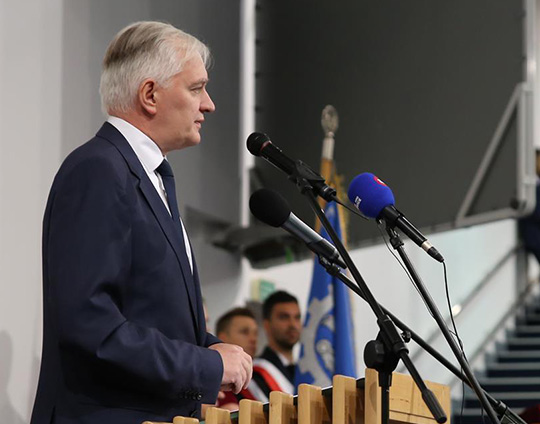
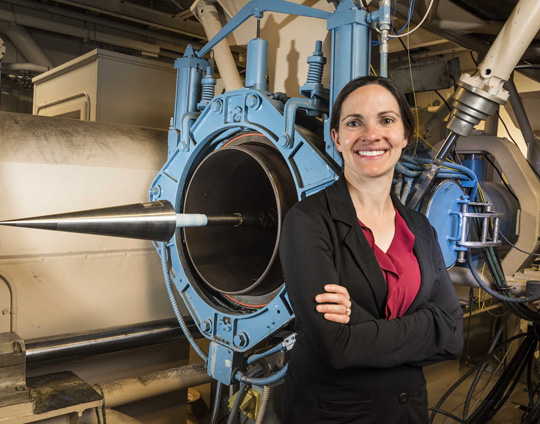
Więcej aktualności Mniej aktualności







